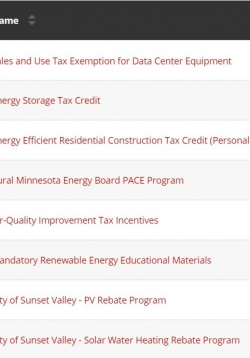
DSIRE is the most comprehensive source of information on incentives and policies that support renewable energy and energy efficiency in the United States. It includes national, state and local policies and incentives for all 50 states and DC.

DSIRE is the most comprehensive source of information on incentives and policies that support renewable energy and energy efficiency in the United States. It includes national, state and local policies and incentives for all 50 states and DC.
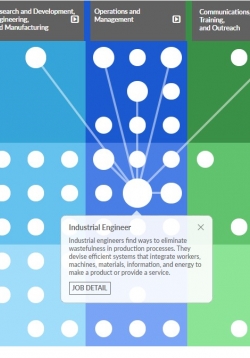
A series of official career maps published by Department of Energy that highlight career tracks in a variety of clean energy fields across a range of expertise and educational levels. A great resource for thinking about career-connected learning, especially for HS and CTE educators. A separate career map highlights careers in hydrogen and fuel cells.
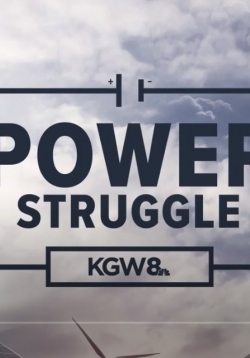
Great synopsis of historical and future problems with energy supply and management in the Pacific Northwest. Strong utility policy focus, with good info in the context of Integrated Resource Plans and Renewable Portfolio Standards.
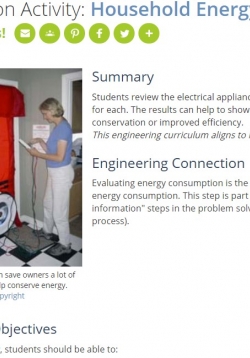
A 45 minute stand-alone lesson that has students exploring how energy is used in their home, and taking data to calculate energy use and support considerations of how to conserve energy in the home.
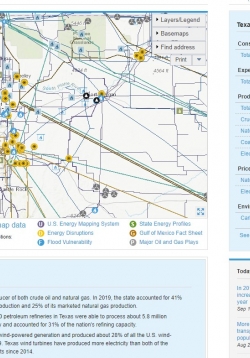
A superb research resource for MS and HS students that provides state-by-state data on energy consumption, generation and costs. Also includes state rankings for various energy sources, and individual generation facilities in an interactive map so students can understand what resources and sources of energy and present locally, as well as the grid interconnections. The EIA site also a links to a wealth of other energy data and reports for more detailed analysis, inluding near-term energy forecasts.
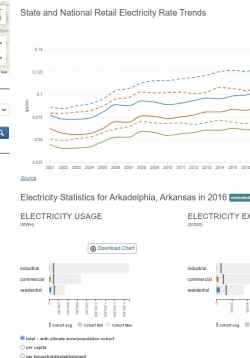
National database that allows users to access a wealth of local and state energy information, in both table and graph formats. Data include energy consumption, energy sources, local energy organizations, energy policies, and energy costs. An excellent resource for place-based research.
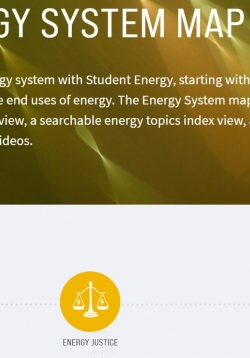
An amazing resource focused on providing students with a wealth of resources-videos, articles, and other reosurces-focused on a huge variety of applied energy topics. This is an amazing go-to resource for startingto explore enegry, or going deeper into applied energy issues. It is also an opportunity to engage students more deeply in energy advocacy.
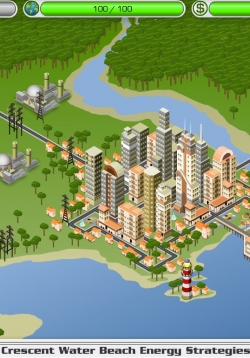
A robust game/simulation that models energy in many city simulations and requires players to balance energy needs, costs, environmental and social concerns as they seek to power their growing region. A fantastic way to introduce or reinforce exploration of sources of energy and grid concepts.
NOTE: THis game uses Adobe Flash, which is being phased out by many browsers. You may need to find a browser that will support Flash in order to access the game.
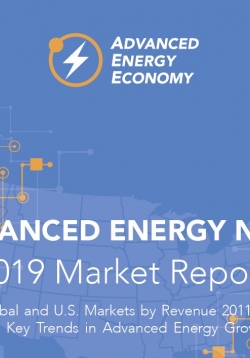
The Advanced Energy Now 2019 Market Report is the sixth report of market size, by revenue, of the advanced energy industry, worldwide and in the United States.
Keeping It Cool With Solar unit asks the question: “How might we design a structure that will keep us cool on a hot day?” As an anchoring phenomenon, students will be shown a time-lapse video of an ice cube melting, and a second phenomenon of a solar...
Bonneville Environmental Foundation
1500 SW 1st Avenue, Suite 710
Portland OR 97201
phone: 503-248-1905